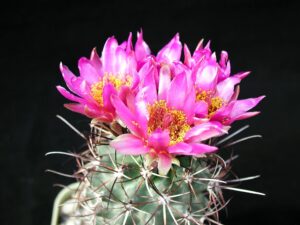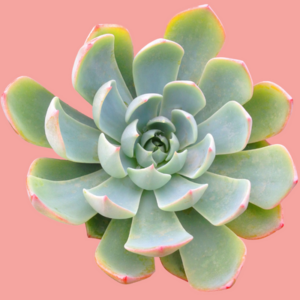White spots on cacti can be perplexing and concerning for any plant enthusiast. These unsightly blemishes can indicate several underlying issues, ranging from pest infestations to fungal infections. Understanding the cause of these white spots and their effects on the plant’s health is essential for any cactus owner who wishes to maintain the vitality and beauty of their succulent companions.
In this comprehensive guide, we will discuss the various reasons why cacti develop white spots, how to identify the source of the problem, and the most effective treatment methods to restore your cactus to its optimal condition.
Let’s delve into the world of cacti and unravel the mysteries behind those troublesome white spots.
Identifying the Culprits: Common Causes of White Spots on Cacti
White spots on cacti may stem from a variety of sources. Being able to discern which issue is affecting your plant is crucial for successful treatment. Let’s explore the most common causes:
Cottony Cushion Scale
Cottony cushion scale is one of the most prevalent pests that afflict cacti. Characterized by a white, fluffy appearance, these pests feed on the plant’s sap, weakening its structure over time. They tend to cluster in one area, creating a cotton-like mass that can be easily removed but often requires a sustained effort to eliminate entirely.
Mealybugs
Similar to cottony cushion scale, mealybugs are another sap-sucking insect that presents as white, fuzzy spots on your cactus. They hide in the crevices and joints of the plant and can multiply rapidly if not addressed promptly. In addition to their potential to weaken the plant, mealybugs can also invite sooty mold, which can further compromise the cactus’s health.
Powdery Mildew
A fungal infection, powdery mildew manifests as white, chalky patches on the surface of the cactus. This fungal growth is typically a result of overly humid conditions coupled with insufficient airflow. If not treated, powdery mildew can lead to more severe fungal issues that may jeopardize the life of your cactus.
Measuring the Extent of the Problem
Before racing to a conclusion, it’s essential to take a close look at your cactus and evaluate the extent of the white spots. Assessing the overall health of the plant can guide you in choosing the appropriate treatment.
Examine the Texture and Location of the Spots
Take time to closely examine the texture and location of the white spots. Are they fluffy and clustered like cotton, or do they appear more powdery and flat? Understanding the specific characteristics of the white spots can provide pivotal clues in identifying the problem.
Check for Other Symptoms
Simultaneously, observe other symptoms your cactus may exhibit. Are the leaves discolored? Is the cactus sagging? Any change in energy might signal broader systemic issues that require your attention.
Effective Treatment Methods for White Spots on Cacti
Once you’ve identified the culprit, addressing and treating white spots on your cactus involves several steps. Immediate action is crucial to ensuring the continued health of your plant.
Manual Removal
For pests like cottony cushion scale and mealybugs, begin with a manual removal. Use a soft brush or cotton swab dipped in rubbing alcohol to gently wipe away these unwanted guests. This reduces their numbers and minimizes damage to your cactus.
Insecticidal Soap or Neem Oil
In cases of pest infestations, follow up your manual efforts with treatments involving insecticidal soap or neem oil. These natural insecticides disrupt the life cycles of bugs without harming the plant and can effectively eliminate pests present on the surface.
Fungicide for Fungal Infections
If powdery mildew is your primary concern, appropriate fungicides can be applied according to the label instructions. Ensure that ventilation around your cactus is improved, as increased airflow can deter the recurrence of such fungal infections.
Prevention is Key: Best Practices to Avoid White Spots
Maintaining a healthy cactus garden is far better than reacting to problems once they arise. Employing preventive measures can significantly reduce the likelihood of encountering white spots on your cacti.
Regulate Watering and Lighting Conditions
Cacti thrive in dry conditions and require specific lighting to flourish. Ensure that you are not overwatering your plants, as excess moisture can lead to fungal growth, while insufficient light can weaken the plant and make it more susceptible to pests.
Regular Inspections
Make it a habit to conduct routine inspections of your cacti. Early detection of pests or fungal infections can prevent an infestation from spreading throughout your collection. Look for any signs of distress and act quickly if you observe anything unusual.
Consult Experts When in Doubt
If you’re unsure about the type of white spots or how to best treat the cactus, seeking the advice of professionals or experienced cactus growers can be immensely beneficial. Online forums, local nurseries, and horticultural societies can offer valuable insights and assistance.
Conclusion
White spots on cacti may be disconcerting, but with the right approach, they can be effectively managed. By identifying the source of the problem and applying appropriate treatment, you can ensure that your cactus remains a healthy, striking asset to your home or garden. Through vigilance and preventive care, the risk of facing these issues can be significantly mitigated, allowing your cacti to thrive for years to come.





Leave a Comment